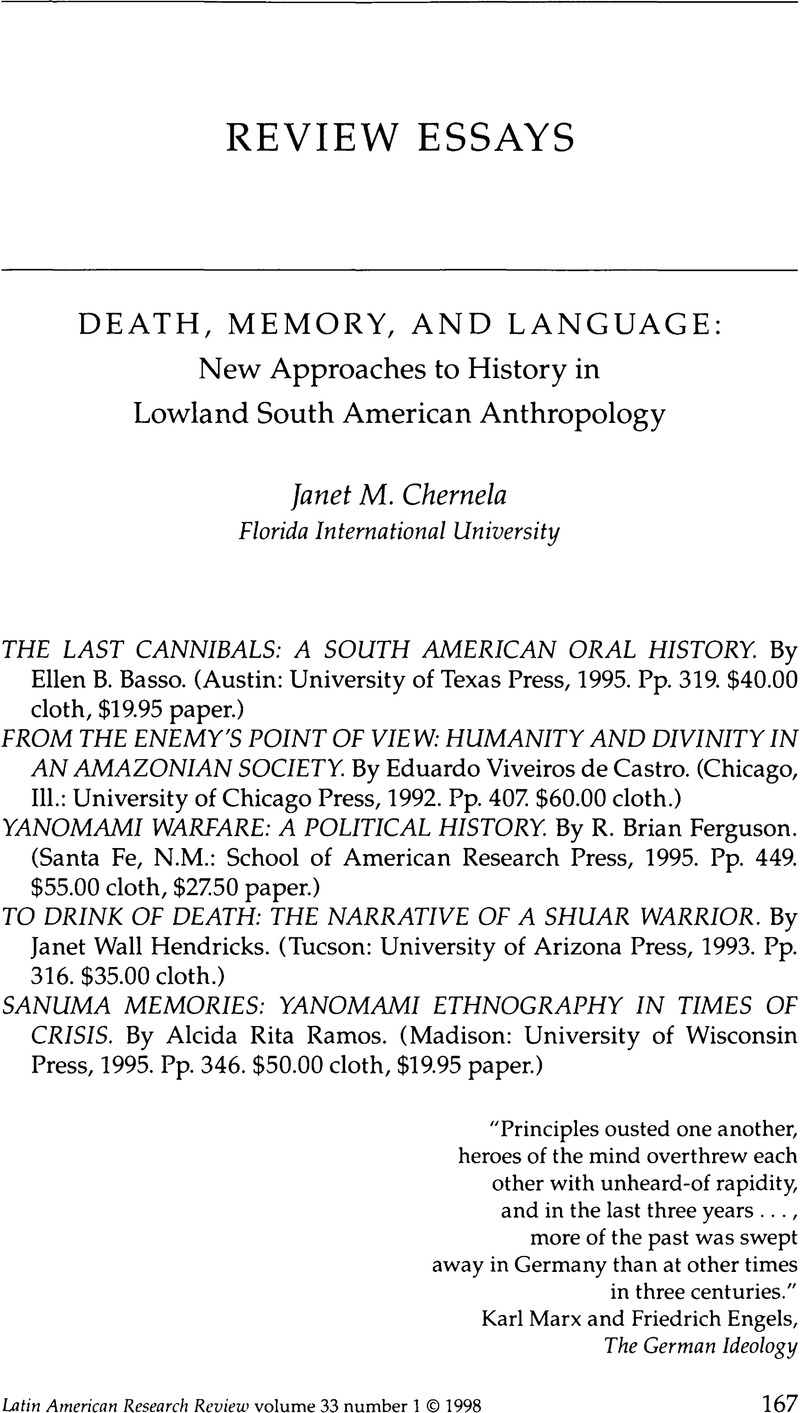Crossref Citations
This article has been cited by the following publications. This list is generated based on data provided by Crossref.
2004.
Fragmented Memories.
p.
225.
2004.
Fragmented Memories.
p.
301.
2004.
Fragmented Memories.
p.
147.
2004.
Fragmented Memories.
p.
251.
2004.
Fragmented Memories.
p.
77.
2004.
Fragmented Memories.
p.
267.
2004.
Fragmented Memories.
p.
269.
2004.
Fragmented Memories.
p.
177.
2004.
Fragmented Memories.
p.
1.
2004.
Fragmented Memories.
p.
37.
2004.
Fragmented Memories.
p.
113.
Cozzoli, Daniele
2016.
Ethno-biology during the Cold War: Biocca's Expedition to Amazonia.
Centaurus,
Vol. 58,
Issue. 4,
p.
281.





